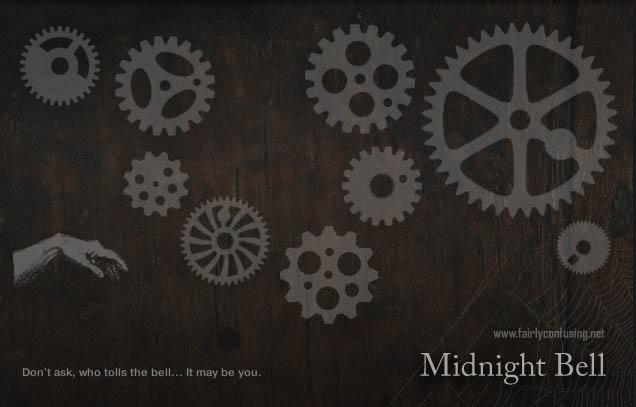The sequencer workspace, the field, is cellular grid. The field can be read or modified by cursors, pointing at sequence track playing position. The cursors can travel the filed in any direction, horizontally, vertically or diagonally, each at it's own rate. They can bounce off field edges or obstacles (walls) and, what is the fun part, bounce off each other. Just imagine several sequencer tracks playing 'pong' with each other. On next level, cursors can interact with the field; paint, erase or flip cells, build or destroy walls, shift whole field rows or columns. It's a playground for building evolving patterns - set initial conditions and see what would it sound like.
Cracklefield can also use cellular automaton named 'Langton's ant'. An ant is basically a cursor, which changes direction depending on what kind of cell it steps on. For example, it turns right on a filled cell and turns left on an empty cell, flipping the state of cell it has visited. Sounds very simple, yet it creates surprisingly complex structures. In Cracklefield you can combine several ants of different types to explore variety of possible generative pattern setups. The machine is using a note map, assigning each cell a note number, according to one of different algorithms, to play melodies, or create round robin percussive patterns.
Cracklefield can also act as an apreggiator. Each cursor can be bound to one of notes from the chord being currently held. Arp patterns can modulated (transposed depending on cursor position) and fit to a scale pattern, while each cursor can play a different sound.
Here's a video showing some of the possibilities:
This machine is not really about the sounds, but it has been built on a sample player, so obviously it needs samples. I wasn't quite sure how to approach this and in the end I decided to pick a set of sounds that, most likely, nobody would have already, as it's not a kind of instrument, one would be interested in just to get more pianos. The Cracklefield sample set is mostly based on acoustic/electroacoustic instruments, or found sounds, unconventional, experimental or unusual sounds, featuring a hollow soviet balalaika, copper rod mallets made with contact microphones, experimental guitar setups, glass chimes or wire-brushed crash cymbals. On the other hand, the machine is designed, to make adding new sounds relatively easy; just duplicate a group, put new samples and refresh the instrument. There's also a built-in note recorder, it allows the user to capture multichannel MIDI clips, which then can be exported to a DAW by drag'n'drop mechanism and reused elsewhere.
Here's another video, playing with random electronic drum samples, shows how it looks and sounds to use the instrument:
It is thus far the largest, most complicated and one of the most unusual projects I put myself into. If you'd like to learn more about Cracklefield functionality, see the manual:
http://www.fairlyconfusing.net/docs/cracklefield.pdf
Or watch even more videos:
Cracklefield needs full version of Kontakt 5.6.6 or newer to run. It takes 950MB of hard drive space after unpacking (the samples are in plain wav format). You will need at least 1280x1024 screen resolution to be able to see the whole interface without scrolling, it's bigger than standard ones, as there are plenty of controllers.
It's available from Loot Audio:
Now updated to 1.2 - with field animator...





